The perfect cover composition is key to growing more turkeys
To understand what the best turkey brood cover looks like, you have to see it from a turkey’s perspective. Get down on your hands and knees. Can you see through the cover at ground level? Is there a good mix of open areas and nearby dense cover for wild turkey poults to forage in — then quickly hide when necessary? Is there overhead shelter to protect young poults from avian predators that might fly over?
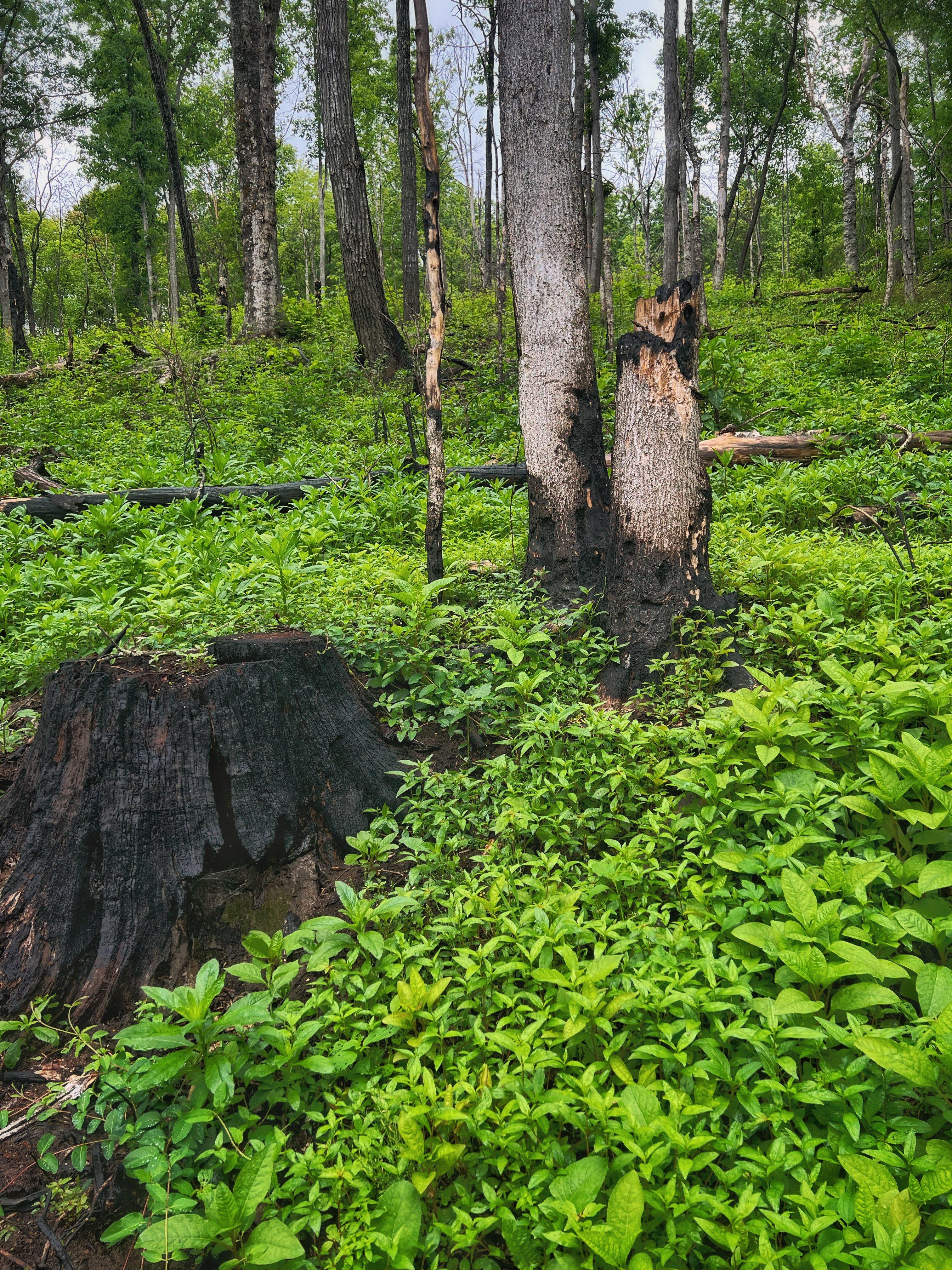
To understand early successional habitat, you have to look at it from a turkey’s perspective.
Biologists call this type of cover early successional habitat and many say it might be the key to successful poult production. Dr. Craig Harper, Professor of Wildlife Management and the Extension Wildlife Specialist at the University of Tennessee, says that hens instinctively search out this type of cover for nesting and brood rearing. “Studies have shown that, even though this type of habitat makes up a small portion of the overall area, it gets used by a higher percentage of hens. We’ve also found that nests in this type of cover are more successful than nests in other areas. One study found that nests in early successional habitat had around a 36% success rate, while nests in mixed timber areas came in at 20-30% success, and nests in pastures or hay fields came in at less than 10% success rate,” Harper said.
Dr. Michael Chamberlain, Professor of Wildlife Ecology and Management at the University of Georgia, agrees that managing early successional habitat is one of the most important things habitat managers can do for turkeys. “I sometimes think we’ve had a little bit of a failure as biologists to explain just what early successional habitat is and just how crucial it is for turkey production,” Chamberlain said. “In short, early successional habitat is any area that has been disturbed to open the ground and thin vegetation. Good habitat for turkeys differs a bit from what might be good habitat for deer or elk. Turkeys need enough space for the hen to be able to see approaching predators and for poults to be able to move around easily even when small, but there needs to be enough thick cover in small pockets interspersed through the open area to allow poults to dive into thicker areas for protection from ground or air predators.”
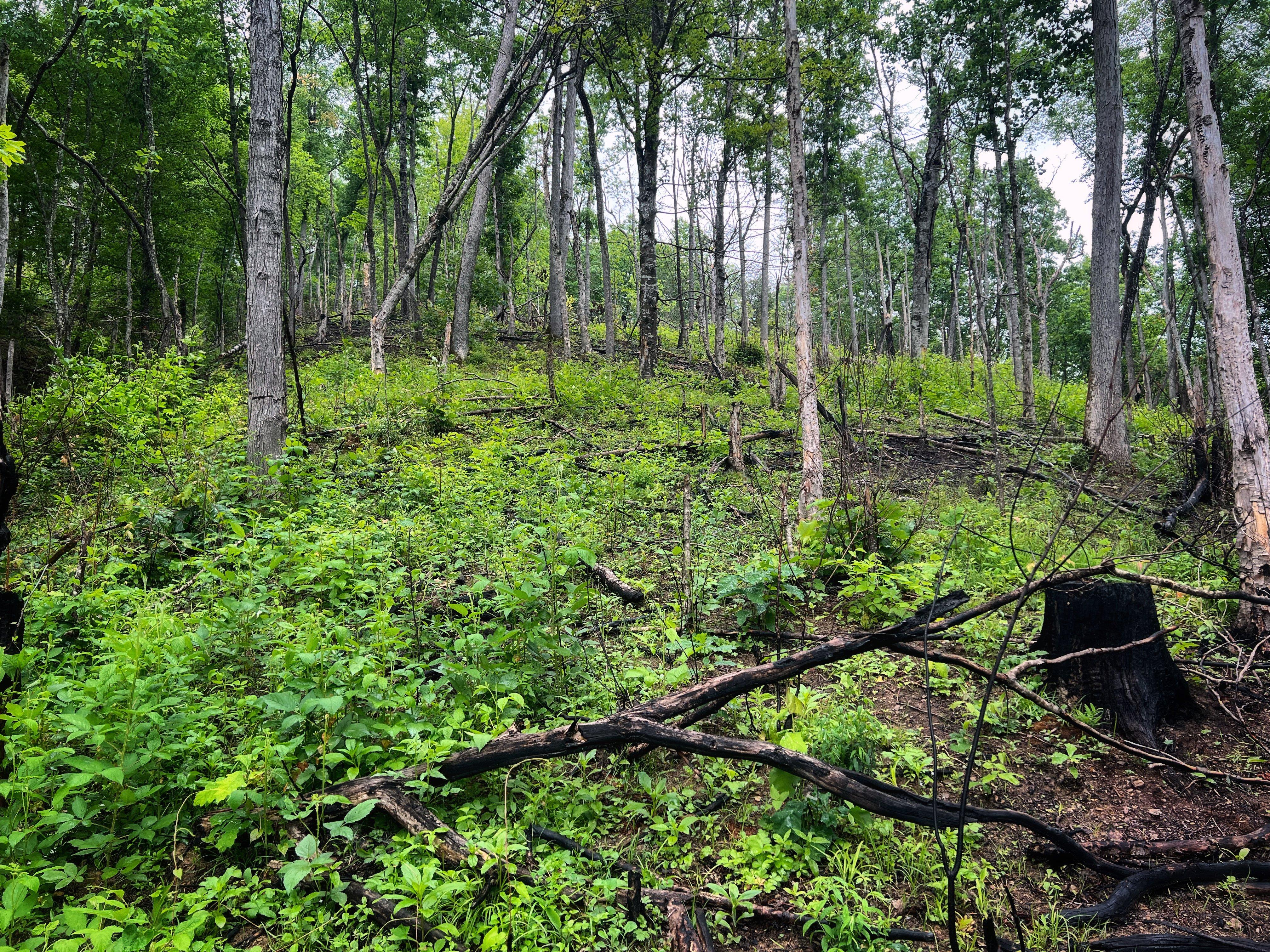
Early successional habitat provides open areas and high insect loads for feeding poults, but also offers nearby cover for escape from predators.
Dr. Patrick Wightman, with Warnell School of Forestry and Natural Resources at the University of Georgia, says that the visibility offered by this form of cover is crucial: “The height of the plant community in early successional habitat is also key as it needs to be tall enough to provide cover and conceal poults and adults but also short enough to allow adults to see over the top of the plant community. Visibility is a turkey's main defense for surviving attacks from predators, so having early successional habitat at a height that allows concealment but also allows them to stick their head above the vegetation and use their amazing monocular periscopic vision to their advantage is key.”
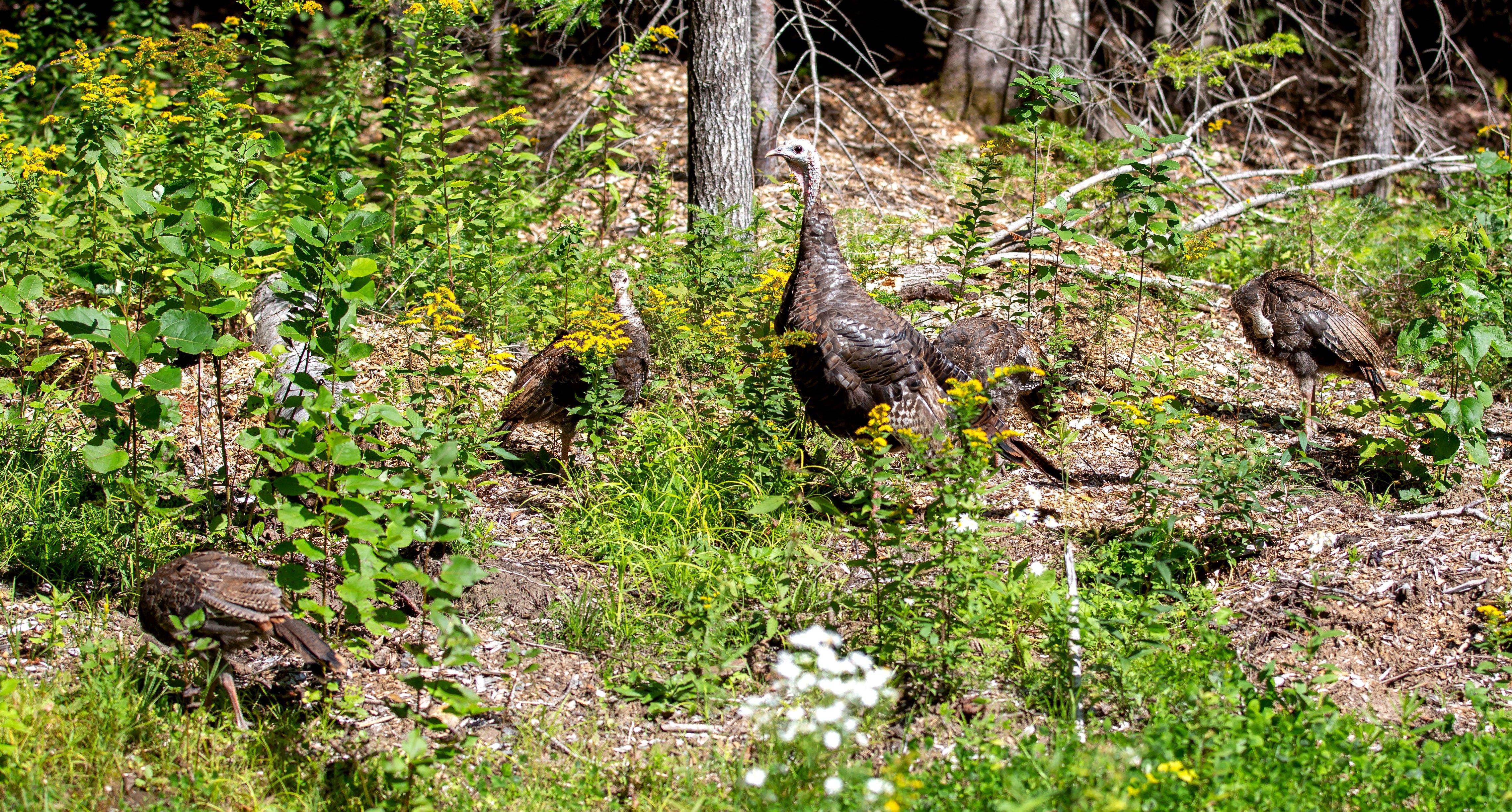
A hen and brood pick their way through a young clear-cut. Image by Glass and Nature
Wightman continued, “Recent research papers investigating the resource selection of turkeys during the brood-rearing period have really shed light on areas being used and what characteristics they contain. One of the most conclusive findings is that turkeys are avoiding areas with high woody debris and stem density, which based on our definition of early successional habitat means they are focusing on the cover and food that early successional habitat provides. Specifically, they completely avoided all areas with more than 30% woody debris or stem density. In avoiding these areas, they preferred to select areas with increased grasses and forbs. Furthermore, these early successional areas also contained higher Orthoptera biomass [lots of grasshoppers and similar insects], a quality food source. Another finding from this research was the importance of temperature in selection. Broods were actively seeking areas with cooler temperatures near early successional habitat which often consisted of bordering forests or hedgerows. The take-home is that young turkeys who can't thermoregulate as well as adults don't just need early successional habitat but need early successional habitat interspersed near woody areas that provide thermal refuge.”
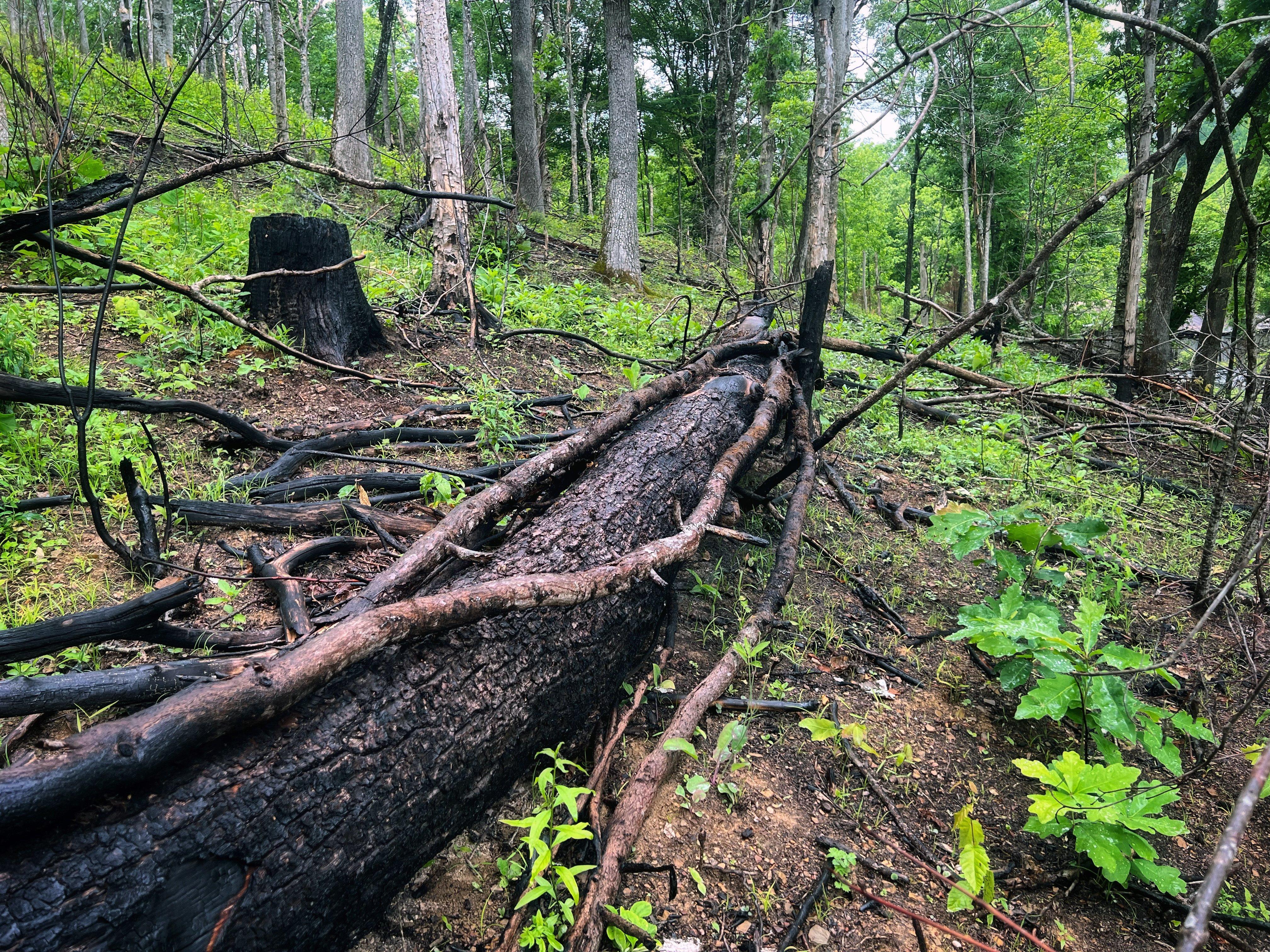
Recent studies have shown that early successional habitat also helps poults maintain necessary temperature ranges through thermal regulation.
How to Make and Manage Early Successional Cover?
Dr. Chamberlain describes early successional habitat as “any area that has been managed to disturb and open the existing landscape.” That area could start out as timber, either hardwood or pine, thick secondary cover, or thick grassland. Disturbance methods can vary according to size, available equipment, and landscape type.
Fire
Dr. Bret Collier, Professor and Research Wildlife Biologist at Louisiana State University, points to fire as the single best method to make early successional habitat. Whether it is hardwood or pine timber, mixed forbs and grasses, or even brushy secondary growth, burning on a regular basis opens the ground to sunlight and exposes bare soil. Collier says fire has the added bonus in that burned areas can be used multiple years. “Year one after a burn offers excellent brood rearing habitat, while year two, with its added growth, offers more cover for nesting hens.”
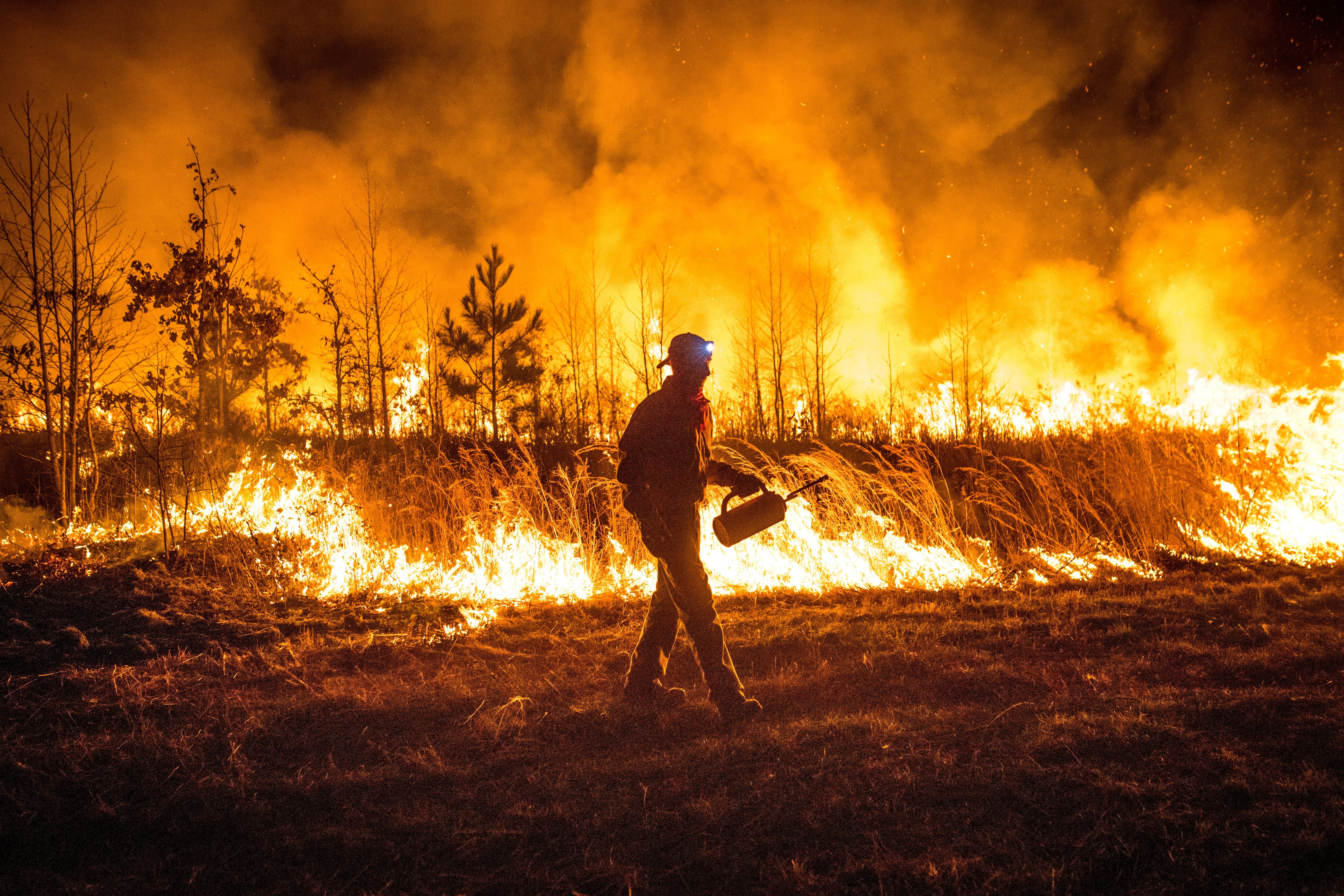
Controlled burning is one of the most effective ways to create early successional habitat, with burned areas being used for multiple years by nesting and brooding hens.
Timber Management
As noted by Dr. Harper, nesting success in timber tracts is much lower than in early successional habitat. That is because mature timber stands, both hardwood and pine, tend to shade the forest floor to the point that secondary growth is eliminated, leaving scant cover for nesting hens and growing poults. Opening timber stands by removing undesirable species and thinning existing mature timber opens the ground to sunlight, encouraging growth of young forbs and cover species.

Timber harvest is another effective way to open the forest floor to light and encourage new growth for early successional habitat.
Mechanical
If fire isn’t an option for the land you manage, Collier says mechanical manipulation like tilling, mowing, or brush grinding can closely replicate after-fire conditions. In areas with dense secondary growth, mowing or brush grinding to knock down cover, followed by tilling, opens the soil to sunlight and allows forbs and native grasses to sprout, offering excellent food sources for both adult turkeys and poults. On active cattle farms, rotating cattle through overgrown areas can also act as a means of mechanical manipulation of the landscape.
Herbicides
Another way to create early successional habitat is with broad spectrum or selective herbicides. After initially treating large areas with herbicide, land managers can come in and selectively spray invasive or undesired plants as they emerge, leading to less competition and increased growth for desired species.
When to Manage
For optimum nesting and brooding conditions, management is most effective when done in the late fall, winter or very early spring, before brooding takes place.
When using herbicides, Dr. Harper recommends fall treatment with follow-up early spring spot treatments to target undesirable regrowth or overgrown areas that didn’t get thinned with initial applications.
How Much of the Landscape Should Be Early Successional Cover?
One question that often arrises for land managers is just how much of their overall habitat should be managed for early succession. For turkey researchers, the answer to that question isn’t so much a percentage as it is the layout of the managed habitat. “If I was pressed, I guess I’d say I’d prefer to see 10-40% of a property in early succession, but more importantly, I’d like to see it in blocks so that hens had nearby access to nesting, brooding, and feeding areas without having to travel long distances with their poults,” Harper said.
“I often get asked about how much early successional habitat is necessary,” Wightman said, “and my typical response is that research tells us that if a brood has to travel from the nest more than 500-700 meters to find early successional habitat then the chances of survival of the brood is greatly decreased. Therefore, I challenge landowners to draw circles with a radius of 500-700 meters and place them on a map of their property; if they have no early successional habitat within those circles then they should try to create more. A good mosaic of early successional habitat across a landscape for turkeys to access is key.
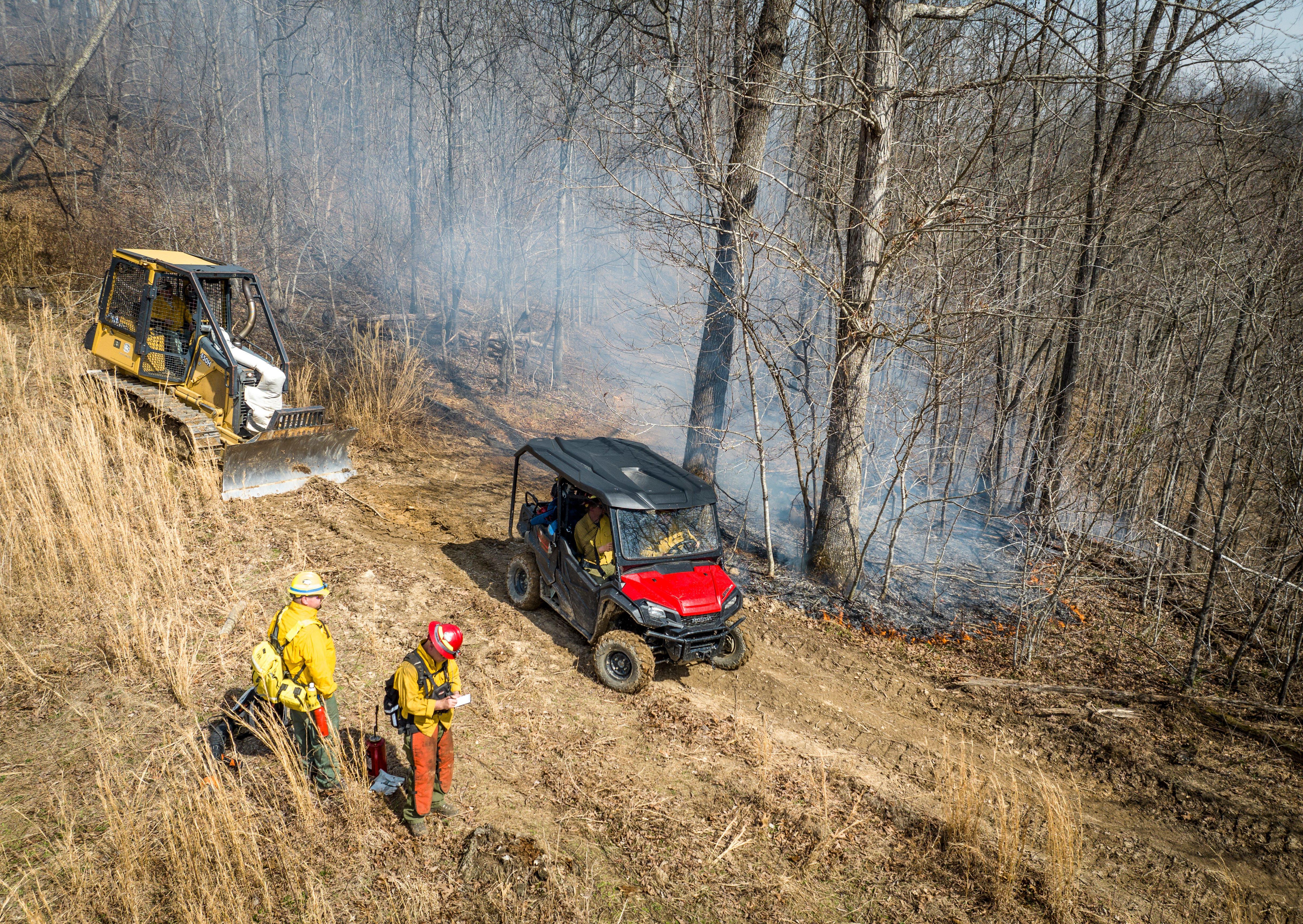
Habitat managers should strive to create a patchwork mosaic of different habitats near each other like this controlled burn next to a grassy field.
Research has shown that hen turkeys instinctively know that seeking out and using early successional habitat is the key to successfully hatching and raising poults. Land managers who want to grow turkey populations can help them by providing as much habitat fitting this description as possible.
“Wether it’s 20 acres or 200, or 2,000, any management we can do to provide this type of habitat to nesting and brooding hens is going to help,” Collier said.










